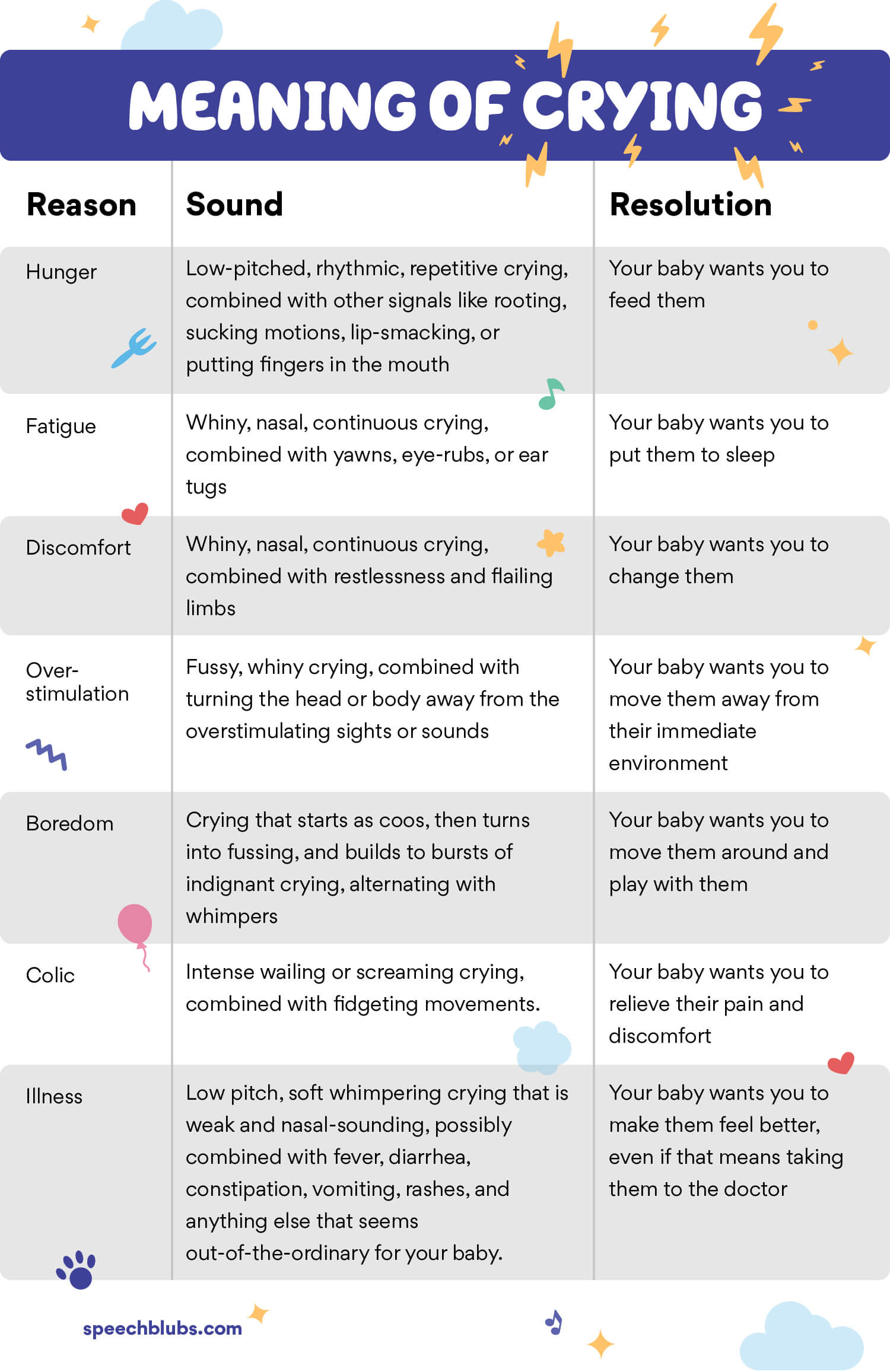What Do Baby Cries Mean: Understanding the Language of Infants
As a new parent, deciphering your baby’s cries can be a challenging task. The ability to understand what your little one is trying to communicate through their cries can be a game-changer in terms of meeting their needs and providing comfort. In this article, we will delve into the world of baby cries and explore what they mean. By the end of this read, you will be equipped with the knowledge to decode your baby’s cries like a pro.
Knowledge
When it comes to understanding baby cries, it’s essential to realize that crying is the primary mode of communication for infants. Babies cry to express a range of emotions and needs, including hunger, discomfort, fatigue, and even boredom. By paying close attention to the pitch, intensity, and duration of your baby’s cries, you can start to decipher their underlying message.
It’s crucial to recognize that not all baby cries are created equal. Different types of cries can indicate various needs. For example, a hunger cry is usually rhythmic and repetitive, while a cry due to discomfort or pain may be more intense and high-pitched. By familiarizing yourself with the different types of cries, you can better respond to your baby’s needs promptly.
In addition to vocal cues, paying attention to your baby’s body language can also provide valuable insights into what they are trying to communicate. For instance, if your baby is arching their back or clenching their fists while crying, they may be experiencing discomfort or gas. By observing both the auditory and visual cues, you can get a more comprehensive understanding of your baby’s needs.
Consistency is key when it comes to deciphering baby cries. By establishing a routine and observing patterns in your baby’s cries, you can start to anticipate their needs before they escalate into full-blown cries. Keep track of when your baby typically gets hungry, tired, or needs a diaper change to better respond to their cues.
Conclusion
In conclusion, understanding what your baby’s cries mean is a valuable skill that every parent should master. By tuning in to your baby’s vocal and visual cues, you can provide the best possible care and support for your little one. Remember, each baby is unique, so it may take some time and practice to become proficient at deciphering their cries. With patience and attentiveness, you’ll soon become an expert at understanding the language of your baby’s cries.
Overall, this article is aimed at new parents and caregivers who want to enhance their ability to meet their baby’s needs effectively. By gaining insights into the world of baby cries, you can build a stronger bond with your little one and provide them with the care and attention they deserve.
Understanding what your baby’s cries mean is not just about responding to their immediate needs; it’s also about fostering a deep connection and nurturing a sense of security and trust. By being attuned to your baby’s cries, you are sending a powerful message that you are there for them, no matter what. So, the next time your baby cries, remember to listen closely and respond with love and compassion.






